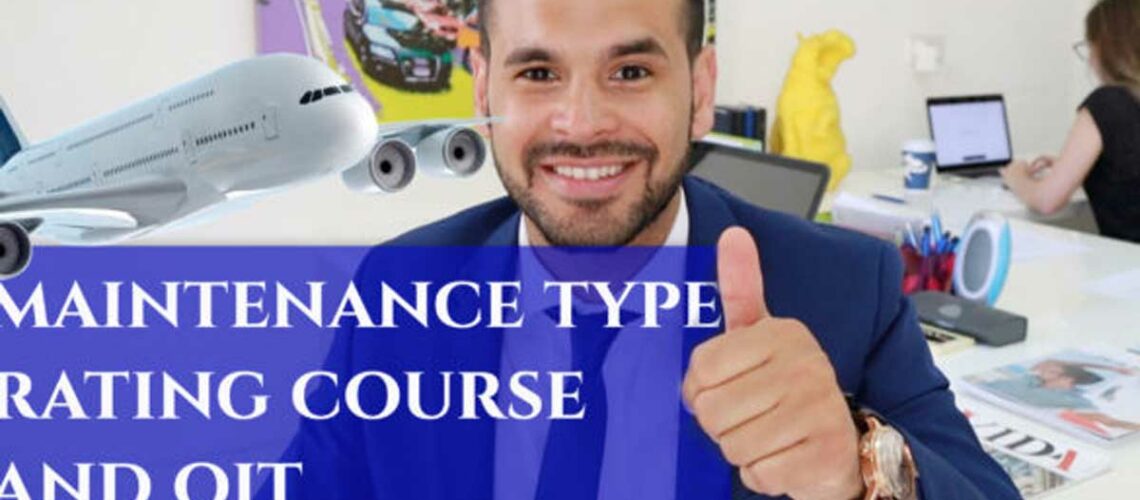After so much effort, long hours of studying, and many maintenance tasks performed you already have an EASA Part 66 B1 or B2 aeronautical maintenance license. I am sorry to tell you that you cannot yet certify aeronautical maintenance tasks as B1 or B2 certifying personnel, you still have two last efforts to make.
To certify maintenance work on civil aircraft, apart from the maintenance license, you will need the type course of the aircraft on which you will be working. In case it is your first course, to include it in the license you must make a new task record called On Job Training (OJT).
Summarizing, once you have obtained the maintenance license you need to take a type course and if it is your first type course you will have to take an OJT.
What is a Type Course?
A type course is a theoretical/practical training of a particular aircraft model. The training will provide the technician with a detailed knowledge of all aircraft systems and their interrelationship. During the course, the knowledge obtained from all the chapters (ATA’s) that make up the aircraft maintenance manual will be evaluated, as well as the knowledge and skill in performing maintenance tasks.
The standard course consists of three levels depending on the degree of training as follows.
- Level 1: Brief overview of the cell, systems and powertrains. Introduction to the aircraft maintenance manual and instructions for continued airworthiness.
- Level 2: Overview of controls, indicators and major components, their location and function, maintenance and secondary troubleshooting. General knowledge of the theoretical and practical aspects of the subject.
- Level 3: Detailed description, operation, component location, removal and installation, and troubleshooting procedures at the maintenance manual level.
The maintenance technician who wants to add a type course to the maintenance license must pass a level 3 type course as it provides more detailed knowledge of the aircraft and its systems.
The validity of a standard course is 3 years from its starting date, once this period is exceeded it cannot be included in the license and must be taken again. On-the-job training must be arranged prior to taking a standard course in order to avoid the expiration of the three-year period and the expiration of the standard course.
What is an OJT?
An OJT is a training process in which maintenance tasks are performed on the aircraft model of which the type course was conducted. During the training, a record of tasks will be completed which will guarantee practical knowledge. This record will show the competent authority that the technician has obtained the necessary skills and knowledge to perform and certify maintenance tasks.
How to obtain a type course?
If you work for an airline or an aeronautical maintenance center, it will be in charge of providing the standard course. The company shall provide the material, personnel and time necessary to perform the OJT if and when the company needs new certifying personnel.
If the company where you work does not provide you with a standard course, you have the option of attending a standard course on your own. In the past, this option was not available for individuals due to the scarcity of approved centers to teach standard courses and their high cost, but with the development of aviation and the growing demand for qualified personnel, there has been a proliferation of EASA 147 certified study centers authorized to conduct standard courses. Below, you will find a list of the most popular companies in Europe for such courses.
- AMET, Airline Maintenance and Engineering Training
- ANVA Aviation Academy
- AVIAPRIME (Adria Tehnika)
- Aviatec
- Brok-Air (Malta)
- Bostonair
- Deviation
- FEAM Technical Training
- FL Technics
- Storm Aviation
If you visit each of the above pages you will see that they offer a wide variety of courses, the most popular being A320 and B737, B777, and the new A350.
Once you have passed the Type Course of the aircraft in which you have more experience you must take an OJT only if it is your first type course.
Where to perform the OJT?
The OJT must be delivered by an EASA 145 certified aeronautical maintenance organization. The maintenance company must be authorized to perform maintenance on the aircraft model on which the type course was conducted.
Some of the aforementioned companies that offer OJT courses also offer the possibility of doing OJT, as is the case of:
Elements to take into account before conducting On Job Training
Before starting on-the-job training you should be aware that this is a process that can last from months to years depending on the program developed by the company for its implementation.
According to EU regulation 1321/2014 the validity of on-the-job training is 3 years from its start date
The responsibility for approving an OJT falls on the civil aviation agency that issued the maintenance license, for this reason if you choose a maintenance organization that is outside the country where you applied for the maintenance license it is advisable to make a prior consultation with civil aviation to know if they will approve the OJT program developed by the maintenance company. For example. You perform OJT at Tarmac Aerosave located in France and your maintenance license was issued by the Spanish Civil Aviation Agency (AESA).
If this is your case, what can you do:
- You should obtain a copy of section 3.15 of the MOE from the maintenance organization specifying their ability to perform OJTs.
- A report shall be obtained from the civil aviation authority that has approved the maintenance organization’s MOE, specifying that the maintenance program developed for the conduct of the OJT complies with the requirements set forth in AMC 145.A.70(a).
- Obtain a certified copy of the experience book or list of tasks to be performed in the maintenance organization.
- Obtain the EASA form 4 from the head of the quality department or maintenance manager who will sign the OJT.
What is MOE?
MOE stands for Maintenance Organisation Exposition and is the document or group of documents of a company in the aeronautical industry containing the scope of work and procedures approved by the competent Civil Aviation Agency.
Once you have obtained the aforementioned documents, send them to the civil aviation agency that issued your license and confirm that they will validate the OJT you will perform. If you need more information, I recommend that you read question No. 19099 on the official EASA website.
As a last option if the authority that issued the maintenance license does not accept the OJT you can change the license to any other EU member country that validates the on-the-job training.
What happens if the organization does not have approval in its MOE to perform OJT?
In the event that the maintenance organization does not have approval in the MOE to perform OJT you must use the procedure marked by the competent authority provided that you have made a prior consultation with the authority to avoid not being accepted for on-the-job training after completion.
If you are licensed in one of the following EU member states, you can download the tasks to be performed in the On-Site Training. At least 50% of the tasks of each ATA chapter must be performed.
Requirements for OJT
The maintenance organization shall designate in writing an assessor and an evaluator. The assessor shall assist the apprentice technician during all maintenance tasks and shall sign each task in the task log. The evaluator must carry out a final evaluation of the entire training process. Both the assessor and the evaluator must have B1 or B2 certification capability (depending on the type of license) with at least one year of experience performing maintenance tasks for the company and on the aircraft model on which the OJT is performed.
50% of the tasks to be contained in the on-the-job training may have been performed prior to the start of the aircraft type course. If you have been working on Boeing 737 for some time for the same company where you will be doing your on-the-job training, 50% of the work may already be done. This is a sale if you plan to take a course of this type in the near future.
Aspects to take into account before taking a Type Course on your own.
To take a standard course and training in place of self-employment can have high costs ranging from 1500€ to 20000€, on the other hand, if the training is provided by the company for which you work there is a possibility that they include a clause in your contract by which you can not resign your job and if you do so you must reimburse the company with the capital invested in your training.
Costs to be taken into account:
- In case the course is held in a city or country different from your usual residence, you will need to travel and find accommodation for the duration of the course, which usually lasts from one and a half to three months.
- Throughout the duration of the standard course you should have sufficient funds for food, so if possible try to stay in shared apartments where you have access to a kitchen to save as much as possible on meals.
As you can see, taking a standard course and on-the-job training can be more complicated than it seems and even more so if you do it on your own. Whichever path you choose, I guarantee that your professional career will take the leap in quality that you were looking for.
I hope you find this extensive article useful, remember to enjoy the profession while you achieve your goals. With dedication, perseverance and doing the right paperwork you will reach your goals.




